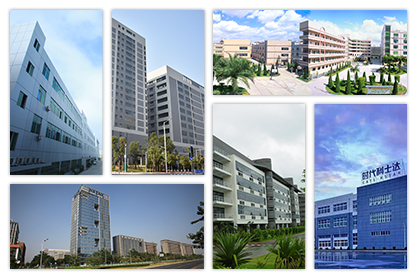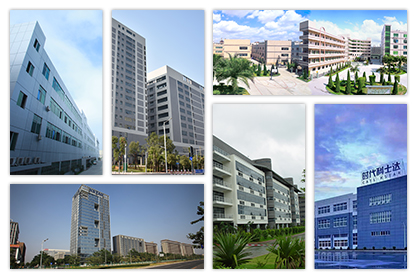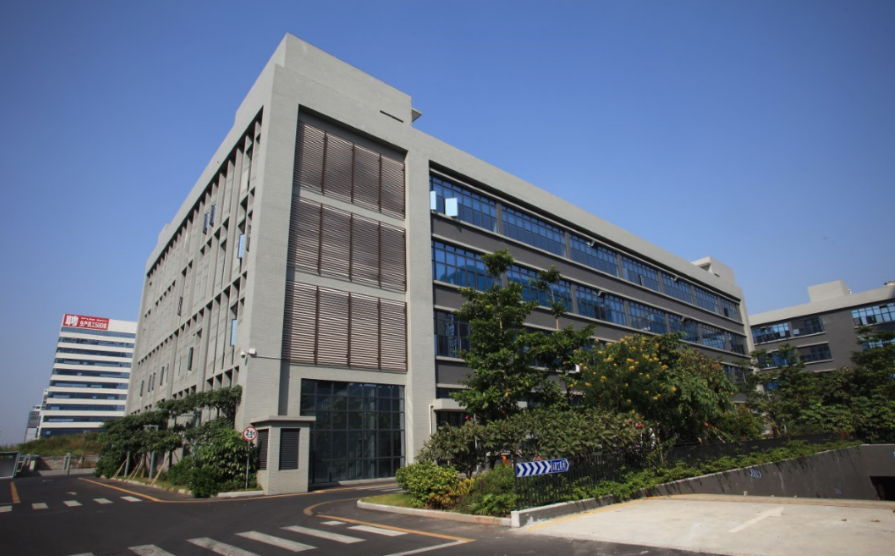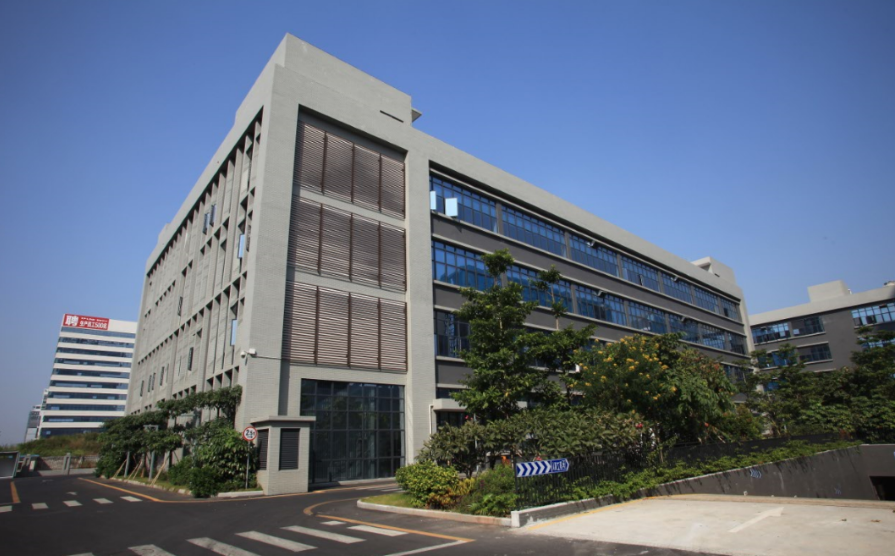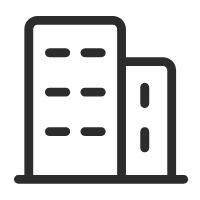A survey report released by the research organization Business Insider Intelligence in 2018 estimated that edge infrastructure distributed around the world will connect nearly 2.5 billion IoT devices in enterprises and government departments. It was about 507 million units in 2015, and will increase exponentially to 5.6 billion units by 2020. The report pointed out that edge computing is more suitable for collecting and processing data than cloud computing. Its main advantages include:
• Almost real-time data analysis.
•Reduce operating and data management costs.
•Reduce the data sent to the cloud, thereby reducing network restrictions.
• If the edge device fails, ensure that other IT assets will continue to operate.
Impact of building infrastructure
Early-deployed edge computing facilities are usually customized by enterprises and governments, and how an organization configures edge computing solutions will determine whether it needs infrastructure updates and transformations.
Some edge computing applications will use 5G telecom networks. Therefore, edge computing devices may be mobile phones, tablets, laptops, or even cell phone towers. In the manufacturing industry, edge computing is deployed inside the workshop; in retail stores, edge computing facilities are deployed in small specially designed cabinets.
There are also some edge solutions at the data center level, such as Google's DeepMind machine learning application, which can reduce the cooling energy consumption of the data center by 40%.
Todd Traver, vice president of IT optimization and strategy at Uptime Institute, said, “This means that organizations can save millions of dollars each year. This is undoubtedly useful for organizations to develop and introduce this technology into complete facility management applications and operations groups. A huge incentive."
Edge computing can use new equipment and existing equipment at the same time, or it can transform edge equipment, sensors, and machines. "Edge computing and the analytical capabilities it provides make sensors a part of smart solutions," Traver said.
Some hardware suppliers are also developing and installing external hardened network equipment. In terms of operations, these solutions can be micro-independent data centers or part of large mission-critical applications, depending on the needs of the enterprise. Facility managers realize that edge computing requires the same degree of reliable redundancy design as the main on-site or off-site data center.


























